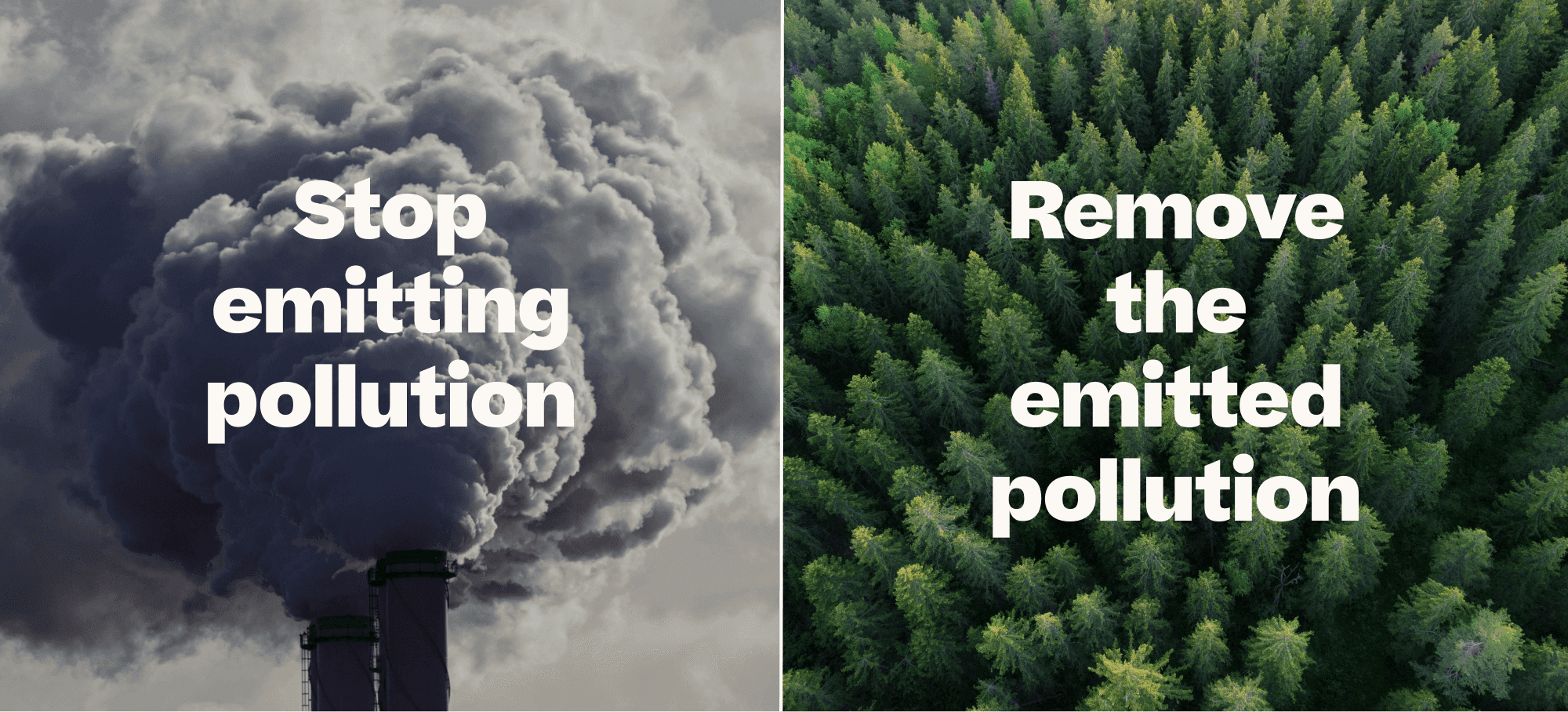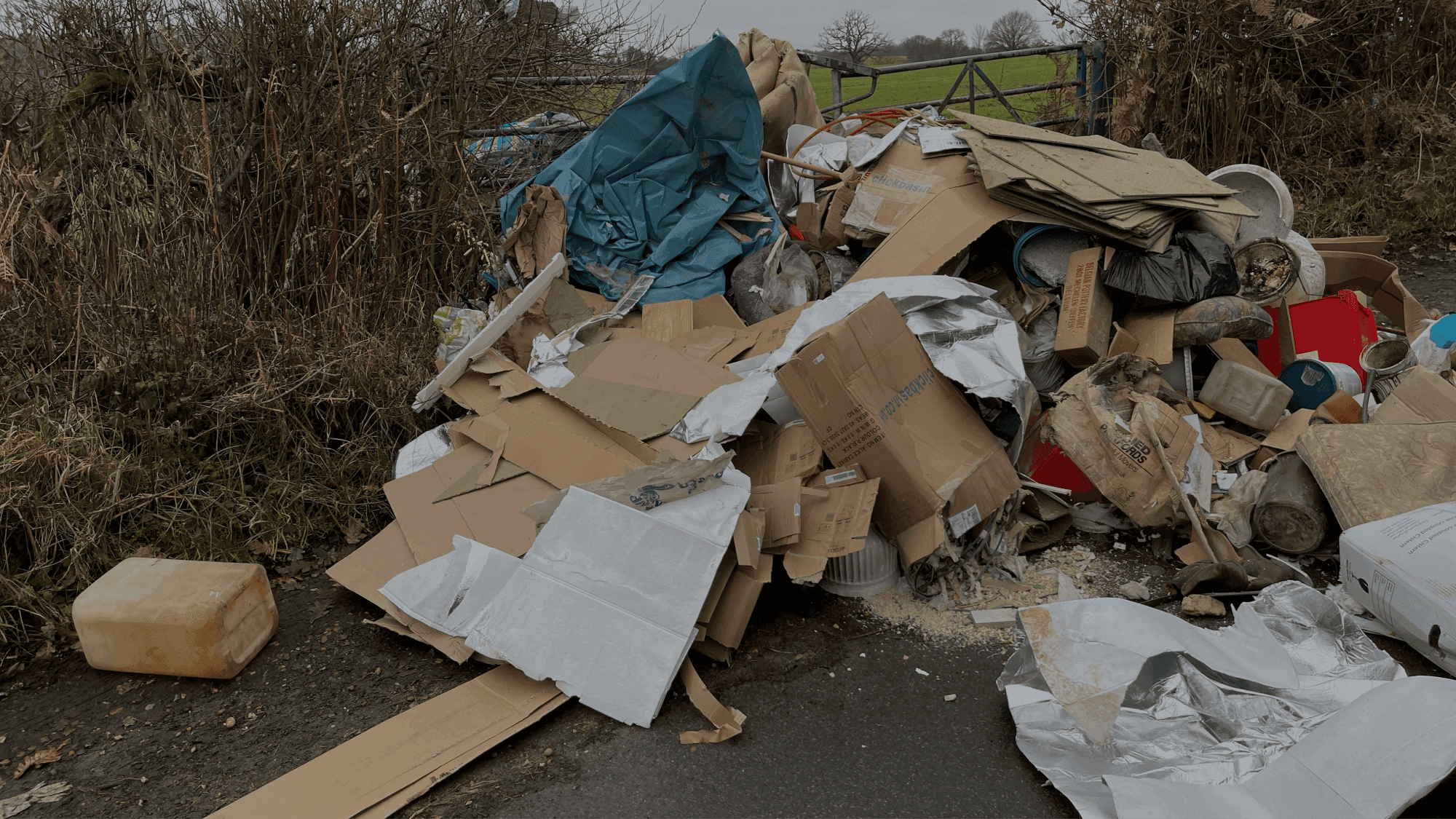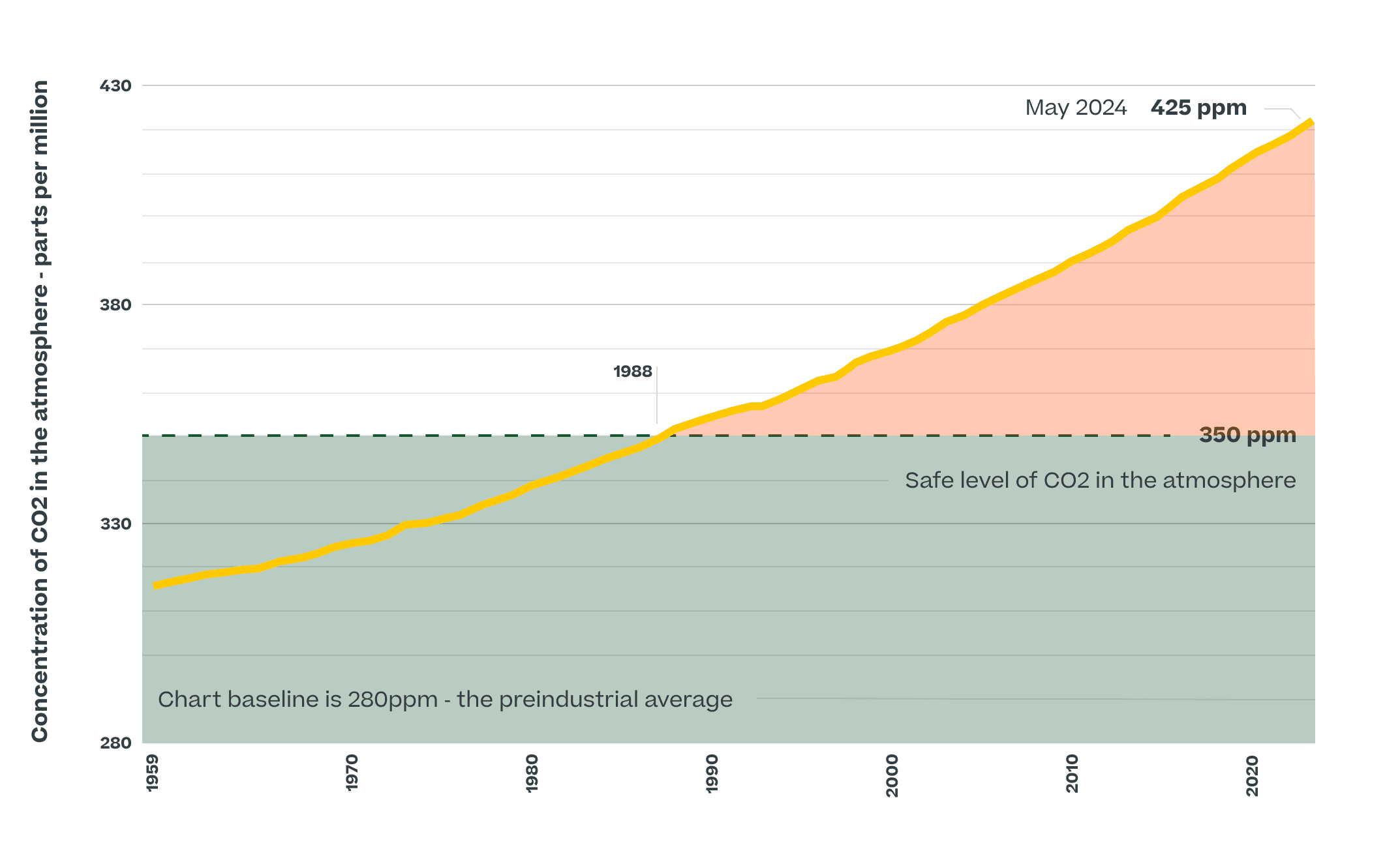Our Approach
Climate change is the defining challenge of our time. It’s the biggest challenge that we, collectively, have ever faced, yet, by working together, we can fix it.
While many people want to do their bit, the scale of the problem can feel overwhelming. It’s hard to visualise, difficult to measure, and even harder to grasp the urgency when terms like "1.5 degrees" and "2050" feel abstract and distant.
At Glad, we like to keep things simple. We breakdown the addressing the climate challenge into two critical steps:
Stop emitting greenhouse gases
Most climate action so far has focused on reducing emissions - from switching to renewable energy to electrifying transport. Terms like "Reducing my Footprint", "Carbon Neutral" and "Net Zero" have become a way for people and organisations to signal their commitment to tackling climate change.
This is a step in the right direction. There’s still a long way to go, but momentum is building. We fully support these efforts and want to see them speed up.
However, this approach is about ‘doing less harm’. The reality is, we’ve already done a great deal of harm to our planet.
Even if all emissions stopped tomorrow, we'd still have an excess of greenhouse gases in our atmosphere, continuing to warm the planet for hundreds of years to come. That’s why, at Glad, we take a different approach to solving the climate problem.
Remove excess greenhouse gases
Imagine for a moment that the greenhouse gases in our atmosphere are like a giant pile of rubbish.
The push for Net Zero and reducing your footprint is essentially a pledge to stop adding to that pile.
For businesses the suggestion is to measure emissions, reduce where possible and then “clean up” any unavoidable emissions using offsets.
For individuals the message is to lower your footprint by doing things like; eating less meat and dairy, take lower emission forms of transport, and switch to green energy suppliers.
In theory, these approaches prevent the rubbish heap from growing, but there are some major issues with being reliant solely on this line of thinking.
First, reaching global Net Zero is hard and it will take time - and during that time, the pile will keep getting bigger.
Second, even if we were magically able to reach global Net Zero tomorrow, there'd still a pile of rubbish outside from legacy dumping. We'd still need to clean up the mess. And there's a lot of it…
When you think about that rubbish heap, especially if it was on your doorstep (which, in a way, it is), you wouldn’t just stand by. Even as you figure out how much you dumped last year and how much you might reduce next year, you’d likely start cleaning up the mess right away.
We focus on cleaning up legacy emissions
Finally, the impacts of climate change are already here. The extreme weather events and natural disasters we see today, from wildfires to the bleaching of the Great Barrier Reef, are caused by excess greenhouse gases we've already emitted. The atmosphere is already overloaded. We’ve emitted far more pollution than our planet can safely handle, and the last time we had safe levels of carbon dioxide was way back in 1988.
Source: Statistica
Our focus is on cleaning up legacy emissions, with the goal of speeding up the return to safe levels of greenhouse gases in our atmosphere. We make it easy for individuals and businesses to have a real impact by joining our community and take collective action to help clean up our atmosphere.








